Tucked away in an expansive industrial park filled with factories and warehouses, a funeral home in north Toronto hosts a gathering of people to mourn the death of a young international student from India.
It’s the sixth death of an international student the funeral home’s owner has seen in a month.
On this recent week night, more than 30 friends and “uncles” who knew the young man gathered for the visitation, everyone seated six feet apart in a sparse hall to bid farewell before his body would be flown back to his parents in Dherdu, a village in the state of Haryana in India.
Prince, 21, who only went by a single name, was last seen on Nov. 8 by his housemates — all international students sharing a town house in Brampton. When he didn’t return home, they said, they called police, who later found his drowned body near a beach in Bluffer’s Park in Scarborough.
“We’re all confused,” said one of his roommates at the visitation. “There wasn’t any reason for suicide.”
Each year, about 4,000 people take their own lives in Canada, but it’s not known how many of them are international students or recent graduates.
Not all the deaths of international students that Kamal Bhardwaj has seen at his two funeral homes — about five or six a month — are suicides but he says based on “visual observation of the bodies,” a good number of them appear to be suicide deaths.
The alarming rate was enough of a concern to prompt him to reach out to others in the community to explore what’s happening with the international students from India, which is by far the No. 1 source country of Canada’s international students.
“We’re not privy to the cause of death. It’s more of a visual observation. When we see a body, the trauma on a body, we’ll know that, yes, it looks like a suicide,” said Bhardwaj, who owns the Lotus Funeral and Cremation Centre in Rexdale and Kitchener Funeral Home and Crematorium.
“It’s just something that I felt I needed to do (and see) what we can do to help these students, which is just to look really into these issues that are going on.”
He reached out to the Punjabi Community Health Services in Brampton where he met the then president, Anupma Cvejic.
The two, along with another volunteer, Irwin Rego, decided to investigate further, and last summer they launched a mental health support group for international students called Sunok, which means “To Listen” in Hindi.
Through focus groups, they uncovered a slew of stressors and mental health challenges faced by these young Indian students who are here on their own, and whose parents, in many cases, sold their properties and borrowed money to send them to Canada for a better life.
“The amount of pressure put on them to send money back home to their parents to cover the debt was one stress. The second was to be able to work enough hours to pay the bills to continue in school to make sure they’re able to sustain themselves,” said Cvejic, who has a professional background in social work and community services.
“Being in this new country, they didn’t know about the law. One student kept on talking about how she almost failed her course because there’s no such thing as plagiarism in India.”
These young newcomers, already struggling in a new culture and a second language, also don’t know what their rights are and where to get help.
International students are not permanent residents and don’t qualify for many government-funded settlement services, while support services on school campuses sometimes are not sensitive to the intricacies of their cultural background or language needs, said Cvejic.
She heard from some students who complained about being coerced into participating in insurance and financial scams, while others shared stories of abuse by landlords cramming them into small rooms and installing cameras to place them under surveillance.
Exploitation by employers is another issue, she said, with many of these young newcomers misinformed by consultants in India to work under the table for cash and beyond the 20-hour work restrictions placed on study permit holders. Many get paid below minimum wages.
In a new study by Ryerson University human geography professor Sutama Ghosh, 30 international students attending colleges in Greater Toronto were interviewed and almost all reported being “moderately to severely” food insecure.
While some of them regularly compromised on the quality and quantity of food they consumed, others said they often missed meals and had considerably reduced their food intake.
“International students cannot seek government assistance, subsidized housing, or employment insurance due to their temporary status. Therefore, in general, most international students are financially precarious,” said the report to be published in the academic journal The Canadian Geographer.
“They too worked in multiple temporary, part-time jobs and lived in shared accommodations, which profoundly affected their academic performance and overall health and well-being.”
A joint investigation by the Star and the St. Catharines Standard looked at the exponential growth of international students in Canada, especially in colleges. This influx has prompted concerns about whether the $26-billion international education system has become an immigration shortcut, a default migrant workers’ program and a money-making business rather than an opportunity for higher learning.
The number of international students in Canada has grown from 410,585 in 2016 to 638,960 in 2019 before it fell to 530,540 because of COVID-19-related travel restrictions.
Neither these students nor Canada is prepared for the influx of international students in the country, said Cvejic.
“This is a cash cow,” she said. “International students are providing an excess of money into our economy, but are they getting it back? They are getting sent back to India in body bags.”
Sunok trains current and former international students as mentors, who support their peers — in Punjabi, Hindi, Urdu and Tamil — and refer them to professional help at other community partners such as the Punjabi Community Health Services and Indus Community Services.
Each month, Cvejic and volunteers also work with colleges and universities in India to offer free webinars for students looking to study in Canada and their parents to inform them of the reality in Canada and educate them about tenants’ rights and employment laws here, as well as the basics about mental health.
Kamal Khehra, one of the student peer mentors, came to Canada in January 2018 to attend a social service worker program at Fleming College in Peterborough, Ont. It was the first time she ever travelled outside India, let alone be apart from her family and on her own.
The now 23-year-old said most of the students get their information, sometimes misinformation, from their consultants, friends and relatives in Canada who may not give a complete picture about studying and living in the country.
“I didn’t have anyone here and I was homesick,” said Khehra, whose family paid $32,000 for the tuition of her two-year program. “There’s no one you can depend on but yourself. It’s a steep learning curve.”
Khehra, who works as a recreational therapist at a retirement home and just received her permanent residence in September, said many students are under tremendous pressure to complete their studies and pursue a work permit and ultimately permanent status in Canada because the immigration dream of their whole family pins on them.
She has heard of parents marrying their daughters to rich families, who will then pay for the education of the girls here. The expectation is that once she graduates and has status, the husband and his family can then immigrate to Canada through the girl.
“I’m concerned about the international students’ mental well-being,” said Khehra.
People generally don’t talk enough about their mental health issues and it’s such a taboo for many immigrant communities, said Bhardwaj, the funeral home owner.
The pandemic has created more problems for people’s education, employment and immigration plans, which have made life that much more difficult for international students, whose status in Canada hinges on their studies and jobs, he said.
“People don’t want other people to know it’s a suicide. They’d rather not have that information get out there,” said Bhardwaj. “We need to create a conversation and listen to what these students are going through. No parents should have to bury their child.”
Back at Prince’s memorial visitation, the boy’s uncle Rakesh Gollen was still looking for answers to his nephew’s death; he’s unconvinced that the young man would have taken his own life.
Gollen said Prince’s family got a $30,000 bank loan to send their son to study business administration at a college in Kitchener in 2017. Prince also worked as a painter in construction and as an Uber driver by night on a postgraduate work permit, Gollen said.
“I’m still in shock. There’s no indication he was in trouble,” said Gollen, who drove all the way from his home in New Jersey to make the funeral arrangements at the request of Prince’s parents back home.
“I am here to send him home so he can be with his family.”
If you are thinking of suicide or know someone who is, there is help. Resources are available online at crisisservicescanada.ca or you can connect to the national suicide prevention helpline at 1-833-456-4566, or the Kids Help Phone at 1-800-668-6868.
Nicholas Keung is a Toronto-based reporter covering immigration for the Star. Follow him on Twitter:
@nkeung
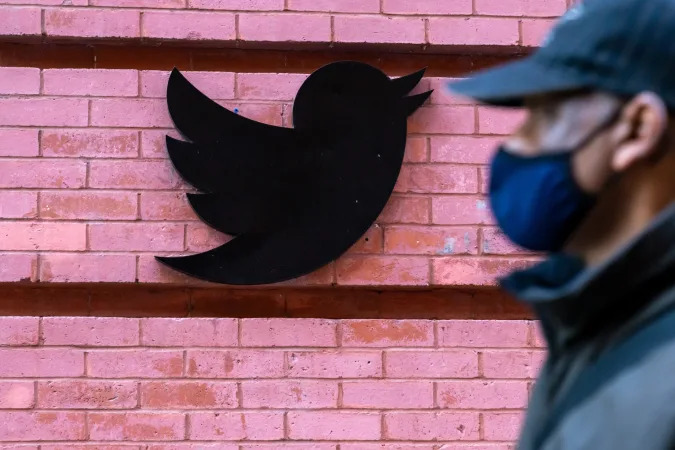


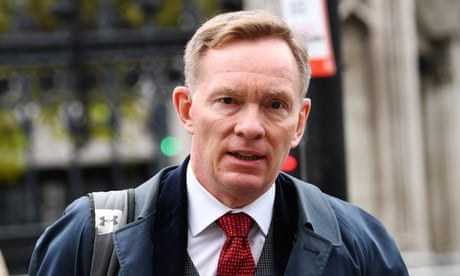
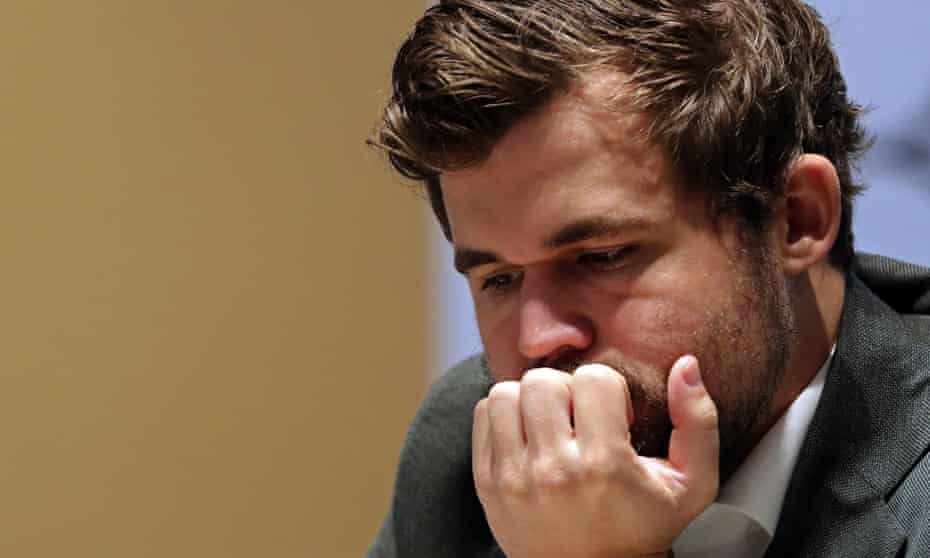
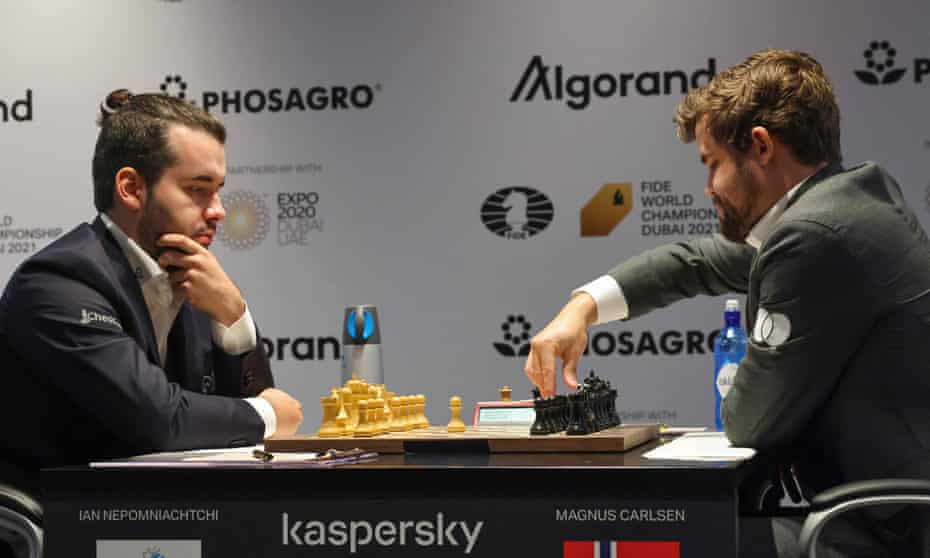
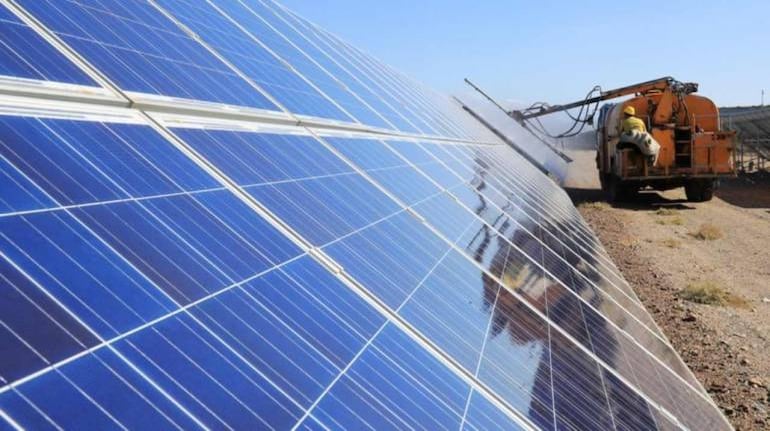

/https://www.thestar.com/content/dam/thestar/news/canada/2021/12/04/no-parents-should-have-to-bury-their-child-how-a-canadian-funeral-home-owner-is-trying-to-stop-suicides-among-international-students/turn_picture.jpg)